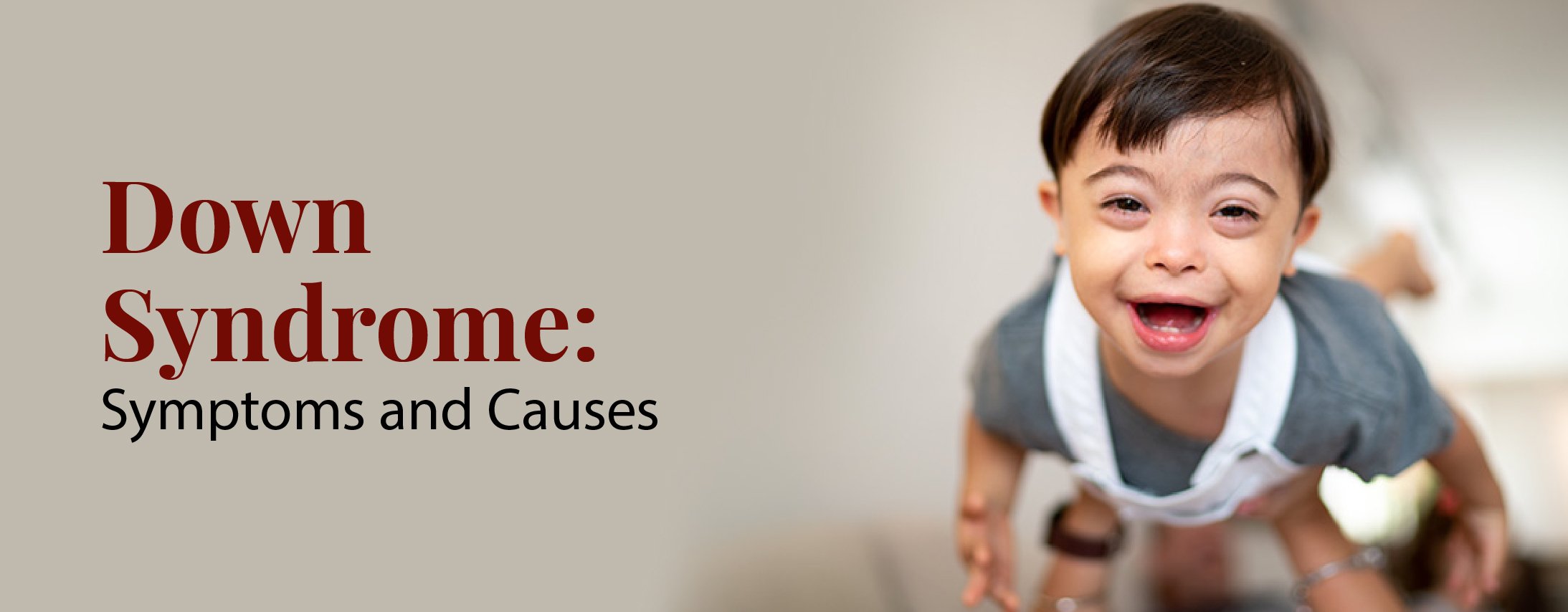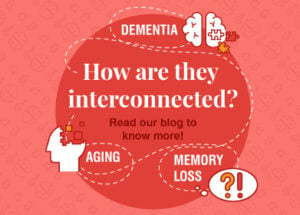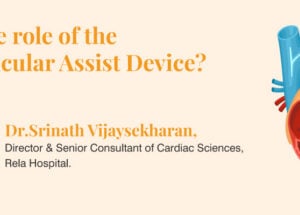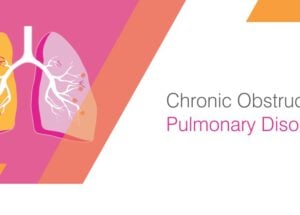Down Syndrome: Types, Causes, Symptoms, Diagnosis & Treatment
April 4, 2025

The genetic disorder known as Down Syndrome results in mild to severe physical and developmental issues. An extra chromosome is present at birth in those who have Down Syndrome.
What is Down Syndrome?
Down syndrome is also referred to as Down’s syndrome. Trisomy 21 is the other name for Down syndrome, a genetic disorder in which a child is born with an extra copy of their 21st chromosome. A random error in cell division is the result of an additional copy of chromosome 21, which causes Down Syndrome. This extra copy changes how a baby’s body and brain develop. Developmental delays and disabilities in both the physical and mental domains result from this.
Symptoms of Down Syndrome
People with Down Syndrome frequently exhibit distinctive physical characteristics, particular health problems, and abnormalities in their cognitive development.
Physical features: Several typical physical traits associated with Down Syndrome include –
- Eyes that tilt upward, with tiny ears that may slightly fold over at the top
- Skin folds on the inner corner of the upper eyelid
- White spots on the iris
- Low muscle tone throughout the body and excessively loose joints
- Small stature and a short neck
- A flat nasal bridge
- Deep, single creases running down the middle of the palms
- A protruding tongue
- Small hands and feet
Down Syndrome and Developmental Delays: The cognitive development profiles of people with Down Syndrome typically indicate mild to moderate intellectual disability. However, there is a wide range in intellectual capacity and cognitive development. Individuals who have Down Syndrome also face learning challenges that result in delays in their development. Developmental milestones are frequently reached by kids with Down Syndrome a little later than by their classmates. They could take longer to stand, sit, and turn over. Additionally, there might be a delay in fine motor skills and coordination (movements involving tiny hand and wrist muscles). Once a child has mastered gross motor skills, which require full-body movement, these skills may take some time to develop. It might also take longer than anticipated for a language to develop its speaking and understanding.
Down Syndrome and Health Issues: General health issues can occasionally impact any organ system or physiological function in people with Down Syndrome. Additionally, there might be an increased risk of congenital hypothyroidism hearing loss, seizures vision problems like cataracts decreased muscle tone dementia massive, early vomiting that could indicate a gastrointestinal obstruction hip issues and the possibility of hip dislocation long-term (chronic) constipation problems obstructive sleep apnea teeth positioned in a way that could make chewing difficulties occur later than usual underactive thyroid (hypothyroidism) congenital heart defects Congenital heart defects, which are structural issues with the heart that arise during pregnancy, affect about half of the babies born with Down Syndrome. Pulmonary hypertension, a condition that can cause long-term lung damage if left untreated, is also common in children with heart defects.
Causes of Down Syndrome
An extra copy of chromosome 21 is the result of a random error in cell division, which causes Down Syndrome. This kind of error is known as nondisjunction.
Chromosome pairs are typically divided so that one pair goes to one cell and the other pair goes to the other cell when a single cell divides in two. When a nondisjunction occurs, a mistake occurs, causing one pair’s chromosomes to enter one cell and the other pair’s chromosomes to enter the other cell. Most of the time, an error happens at random when an egg or sperm is being formed.
As of right now, there is no known environmental factor or parental behavior that causes Down Syndrome. After conducting extensive research on these cell division errors, scientists have determined that:
- The excess copy of chromosome 21 originates from the mother through the egg in most cases.
- The extra copy of chromosome 21 originates from the father through the sperm in less than 5% of cases.
- In the remaining instances, the mistake happens as the embryo develops following fertilization.
Risk Factors for Down Syndrome
More research is being done to find out the risk factors for Down Syndrome.
Down Syndrome is caused by a variety of factors, but it is more common in older pregnant women. If a pregnant woman is older than 35, her chances may increase. There is roughly a 1 in 1,250 chance that a pregnant woman over 25 will give birth to a child who has Down Syndrome. The incidence increases to about 1 in 100 at age 40. Parents who are 35 years of age or older who were assigned female at birth (AFAB) have an increased chance of having a child diagnosed with Down syndrome or another genetic condition.
Types of Down Syndrome
- Trisomy 21: With 95% of individuals with Down Syndrome having this type, it is the most prevalent kind of the condition. In fact, Down Syndrome is also known as trisomy 21. It occurs when chromosome 21 is duplicated three times in body cells rather than twice.
- Translocation Down Syndrome: This type, in which an extra segment or entire chromosome 21 is joined to another chromosome rather than existing as a separate chromosome 21, affects about 3% of individuals with Down Syndrome.
- Mosaic Down Syndrome: About 2% of persons with Down Syndrome have this kind of condition, which is caused by an extra copy of chromosome 21 in some cells. Only a portion of an additional copy of chromosome 21 is present in the cells in this type of chromosomal alteration.
Is Down Syndrome Genetic?
Down Syndrome does not usually run in families and is not inherited. Even if Down Syndrome comes from genes, it is usually the result of mistakes made during the initial fusion and replication of the genetic material between a sperm and an egg. There may be genetic connections to Down Syndrome. In certain instances, there might be a correlation between the parents of an individual with translocation Down Syndrome and their propensity to have additional Down Syndrome children.
Diagnosis
Down syndrome can be identified both before and after birth through a combination of screening, diagnostic procedures, and genetic testing. During pregnancy, expectant parents are often offered prenatal screenings, which help estimate the likelihood of the baby having Down syndrome. These screenings typically involve a combination of blood tests and specialized ultrasound imaging. While not definitive, they offer valuable insights into the risk level.
If screening results indicate an increased likelihood of Down syndrome, healthcare providers may recommend diagnostic procedures such as amniocentesis, chorionic villus sampling (CVS), or cordocentesis to confirm the diagnosis. These procedures analyze fetal cells for chromosomal abnormalities, providing a more conclusive diagnosis, though they carry some risk to the pregnancy.
After birth, healthcare professionals may initially recognize Down syndrome based on distinctive physical traits. To confirm the diagnosis, a genetic test known as a karyotype is conducted. This test analyzes a blood sample from the baby to detect an extra copy of chromosome 21, a defining feature of Down syndrome.
Treatment
Although Down syndrome is a lifelong genetic condition, early and continuous support can greatly enhance a person’s development and quality of life. There is no universal treatment plan; interventions are tailored to the individual’s specific needs, which may evolve over time.
Early intervention programs, ideally beginning in infancy, play a critical role in nurturing developmental milestones. These programs often include:
- Speech therapy to assist with communication and language skills.
- Occupational therapy to build fine motor abilities and support daily activities.
- Physical therapy to promote strength, coordination, and mobility.
As children grow, educational support becomes essential. Many children with Down syndrome attend mainstream schools, often with individualized education plans (IEPs) to accommodate their learning styles.
Medical care plays a vital role in treatment, as people with Down syndrome are more prone to various health issues, including heart defects, thyroid disorders, hearing impairments, and vision challenges. Routine check-ups and proactive screenings are vital in managing these concerns effectively.
In addition to medical and developmental support, families often benefit from counseling and connecting with community support networks. These resources offer emotional encouragement, practical advice, and a strong sense of community for caregivers as they navigate the distinct experience of raising a child with Down syndrome.
Conclusion
Chromosomal 21 error causes Down Syndrome. Certain traits are shared by people with Down Syndrome as a result of this error replicating into the genes. This covers physical attributes, delays in development, and the possibility of developing additional medical conditions.
Even though there is no cure for Down Syndrome, children can develop and advance at their own pace with early intervention. People with Down Syndrome now have a better outlook than ever, thanks to modern healthcare and treatment advancements, and this trend may continue as long as new medical discoveries are made.
Frequently Asked Questions
1. What is the prognosis for kids with Down syndrome in the long run?
Since the early 1900s, the average lifespan of an individual with Down syndrome has increased significantly. Individuals with Down syndrome typically reach the age of 55 to 60, though some may live into their 70s or 80s.
2. Are Down Syndrome and autism the same?
No. A person with autism lacks distinguishable or easily identifiable physical characteristics, unlike those with Down Syndrome. Down Syndrome is a hereditary disorder resulting from genetic mutations. As a neurological disorder, the precise cause of autism is still unknown.
3. What is the life expectancy for people with Down syndrome?
People with Down syndrome now have a life expectancy of 60 years or more. With appropriate support and care, individuals with Down syndrome can enjoy meaningful and fulfilling lives, even if they need lifelong assistance.






